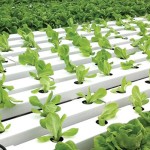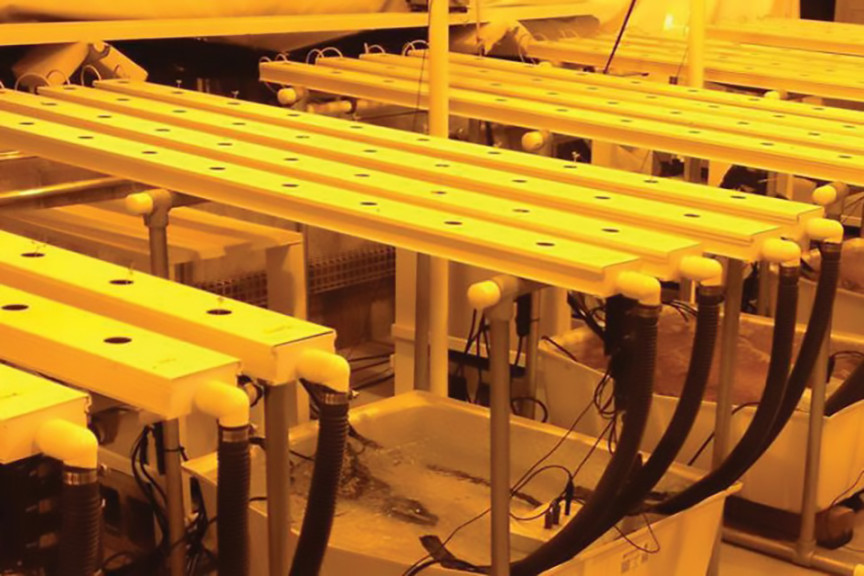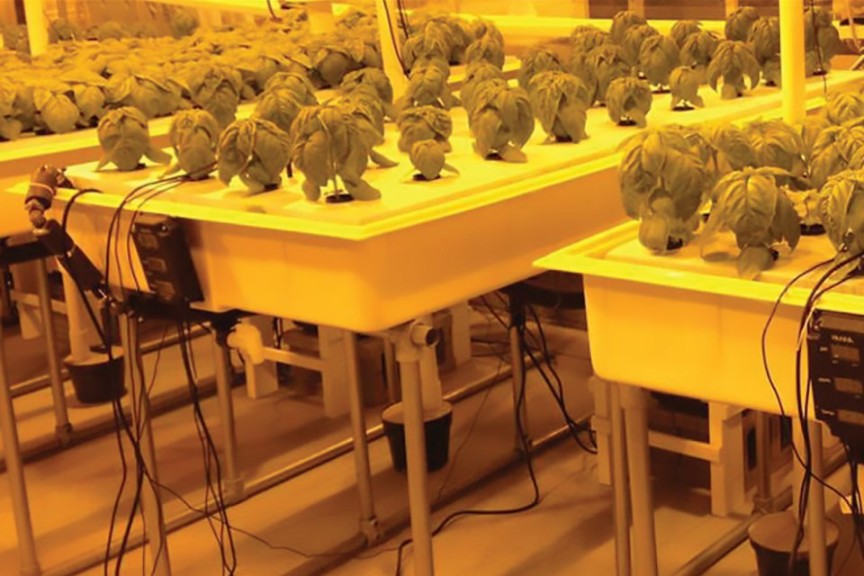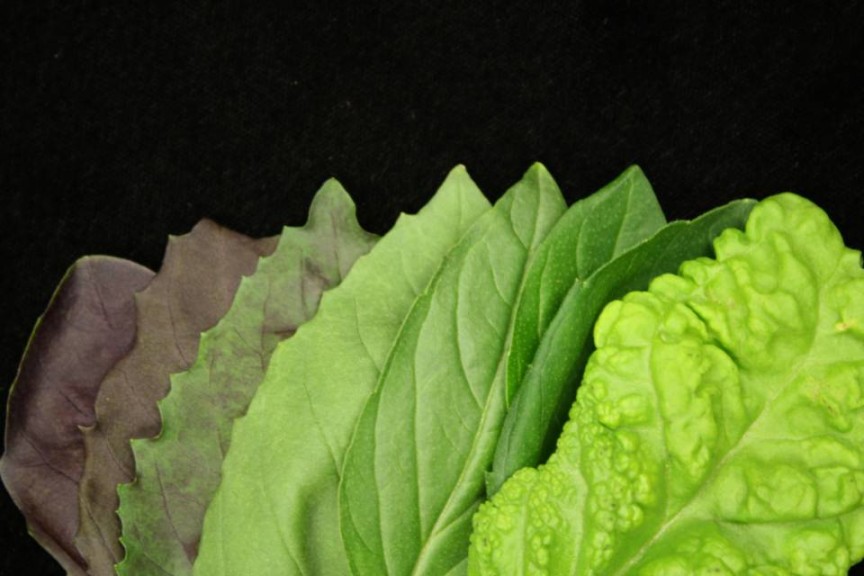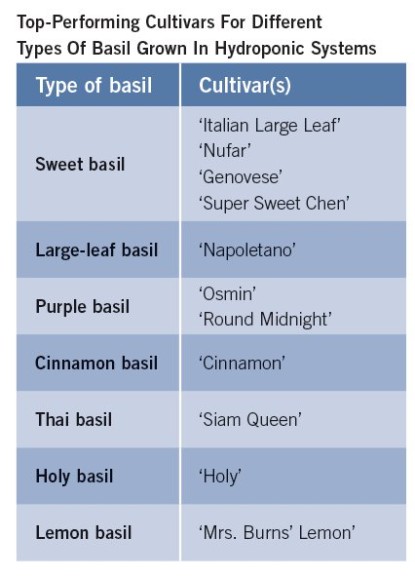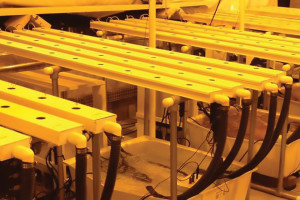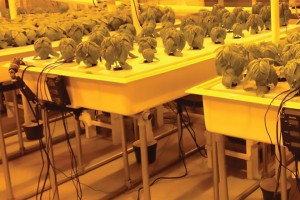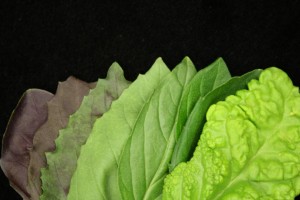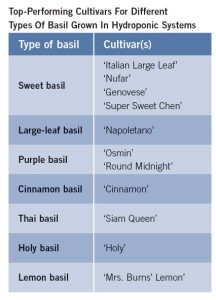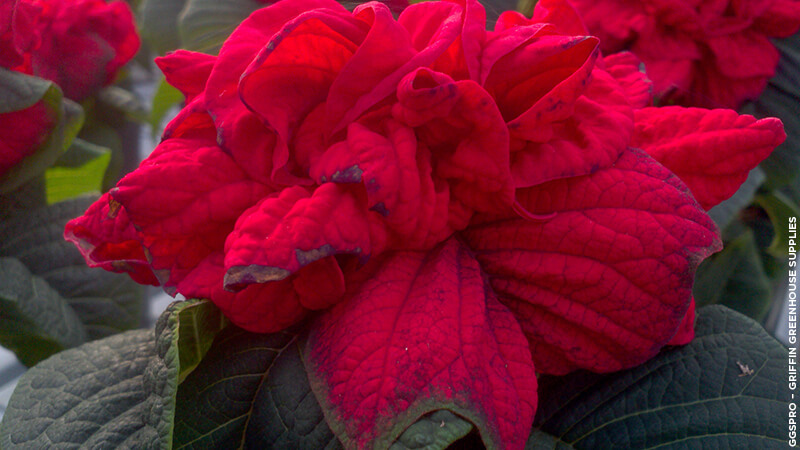How To Choose The Right Hydroponic Production System For Growing Basil
Hydroponic food production is a trend drawing the interest of consumers and growers alike. However, for growers interested in beginning to produce food crops, starting a new production scheme may seem like a daunting task. Common questions asked include: What crop should I produce? What type of hydroponic system should I use? What cultivar(s) should I select?
Hydroponic culinary herbs such as basil are great crops to consider. They generally have a short production time and do not require an extremely specialized greenhouse structure. However, specific information on hydroponic basil production is not available. This is the first of several articles focused on hydroponic basil production. The objectives of our research were to characterize growth of different types of basil grown in various hydroponic production systems.
[blackoutgallery id=”123668″]
Two Production Systems And 35 Cultivars
First, we selected 35 different cultivars of commercially available basil including green, purple and large-leaved sweet basil, as well as several cultivars of bush, cinnamon, holy, lemon and Thai basil. Although other cultivars were available, we omitted some due to compact growth and small leaf size that, while suitable for containerized production, may be inappropriate for hydroponic production.
Two weeks after sowing seed into phenolic foam propagation cubes (Smithers-Oasis), seedlings were transplanted into either nutrient-film technique (NFT) or deep-flow technique (DFT) hydroponic systems (Figure 1a. and 1b., see slideshow). Each NFT system consisted of 4-inch-wide troughs on a 3 percent slope. The DFT systems included a tank that was 3-feet wide, 6-inches tall and 6-feet long, holding 60 gallons of nutrient solution with 1 1/2-inches-thick polystyrene foam sheet floating on top. In both systems, plants were spaced on 8-inch centers.
Hydroponic systems were in a glass-glazed greenhouse with an air temperature set point of 73°F and supplemental lighting from high-pressure sodium lamps when outdoor light intensities were low. The nutrient solutions consisted of deionized water and 16N−1.8P−14.3K fertilizer (Jack’s Hydro FeED; JR Peters). The pH and EC were maintained at 6.0 and 1.6 mS∙cm−1, respectively, with daily monitoring and adjustment. Nutrient solutions for both systems were continuously aerated to maintain saturated oxygen concentrations (~8 ppm) and circulated through a heater/chiller unit to maintain a water temperature of 73°F.
We collected our data three weeks after transplanting the seedlings. Data collected included the fresh and dry weight of shoots, height, node and branch number and leaf size.
Select The Highest-Yielding Cultivar(s) Within A Flavor Class
The hydroponic system used to produce basil had varying effects on plant growth. The first time we performed this experiment while growing the plants for four weeks, we saw no differences between NFT and DFT systems. However, the second time we performed the experiment, the yield of basil grown in DFT systems was about 10 percent greater (both fresh and dry weight) compared to NFT systems. Additionally, in the second run of our experiment, basil grown in DFT systems was about a half inch taller than plants grown in NFT systems; however, this does not have much commercial significance for producers of fresh-cut basil.
When the overall effect of the production system across the two experiments is considered, we believe that NFT and DFT production systems can both produce high-quality hydroponically grown basil. The decision on which system to select may depend less on the effect on plant growth and more on other factors such as system design and maintenance. For example, DFT systems are typically located on floors, while NFT systems generally have the troughs at waist height, which is a comfortable working level for employees.
Alternatively, DFT systems may add piece of mind by not relying on pumps and drippers to provide nutrient solution to plants. This reduces the risk of losing plants due to loss of power, pump failure or clogged drippers. While we used DFT systems with a single raft, growers can use multiple rafts floating in-line to create a conveyor belt-like system where plants are transplanted at one end of the greenhouse and harvested at the other.
The major factor affecting basil growth was cultivar selection. We included a wide range of basil in our study (Figure 2, see slideshow). Generally, sweet and lemon basil cultivars were the highest-yielding cultivars, though there was variation within each of these types. For example, ‘Italian Large Leaf’ sweet basil produced 1.7 ounces per plant, whereas ‘Emily’ produced 0.5 ounces per plant. Alternatively, purple basil selections were generally the lowest-yielding cultivars across the board. The other specialty types of basil included in our study (bush, cinnamon and Thai) had moderate fresh weight.
In addition to yield, we also noted wide variation in the morphology of plants, including plant height, leaf size and branching. Some cultivars, such as ‘Aromatto,’ were very tall and seemed unsuitable for hydroponic production. These tall plants can fall over, creating the potential for damage to stems and branches. We believe some of the taller cultivars produced greater stem growth (by weight) instead of leaf growth; however, the leaves of basil are more desirable than stems.
Leaf size varied across all of our cultivars, but we observed the widest variation among sweet and large-leaf basils. The different leaf sizes may have different benefits. Some of the sweet and all of the large-leaf basil had very large leaves. Large leaves may be a desirable trait for cooking because they make handling and chopping easier and large leaves can be used for specialty items such as making wraps. Alternatively, the smaller leaves may be used for garnishes on plates or in drinks or mixing in salads.
We do not think branch number is a large determinant of suitability for hydroponic production, since there was no relationship between branch number and yield. However, highly branched cultivars that are short like ‘Summerlong’ and ‘Spicy Globe’ may be more suitable for container production than hydroponic production because of their compact growth.
When it comes time to select basil cultivars for production, start with the flavor. Make sure you know what flavor type or class of basil you want to produce. Once you know which flavor(s) of basil you want to grow, select higher-yielding cultivars. We believe that this is one of the simplest ways growers can increase their hydroponic basil yield. However, if you are growing lower-yielding specialty or purple cultivars, adjusting production practices by increasing plant density or crop time may be required to overcome lower yield. Sometimes the appearance of a cultivar does not reflect the flavor, so keep all seeds, seedlings and plants labeled clearly throughout production.
The Bottom Line: Pay Attention To Cultivar Choice
Though there are differences between NFT and DFT systems, cultivar has a larger impact on the fresh mass yield of basil. Therefore, hydroponic basil producers should choose production systems based not only on yield, but also on operational preferences, while cultivars should be selected based on flavor, yield and habit. Production systems and cultivar performance may vary across different locations, greenhouse environments and cultural practices. Growers are urged to conduct on-site trials to determine cultivar performance under their production practices. (See slideshow for a list of “Top Performing Cultivars For Different Types Of Basil Grown In Hydroponic Systems”).




